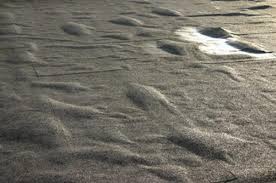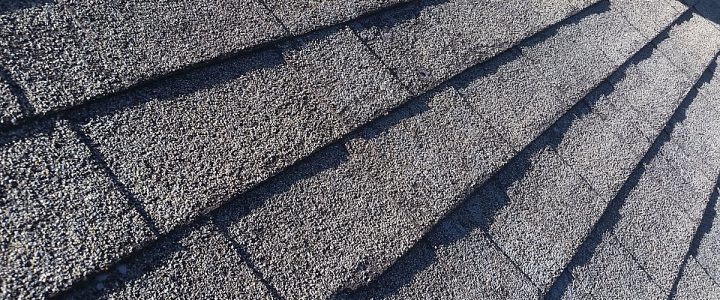Roof Blisters Vs Delamination: Comparing The Two & Protecting Your Roof
Blisters and delaminations may be used to describe the same problem but they are not the same. They do share a few common culprits and results though. They both damage the roof’s outer layer and if left to expand, they expose the roof’s structure to wind and water attacks. Knowing their differences is the key to efficient fixing and prevention of problems, ultimately leading to the avoidance of expensive damage repairs.
How Blisters Inflict Damage In 3 Ways

Roof blisters may develop if contractors mistakenly let air and humidity accumulate between the levels of the roof set-up. The more vulnerable roofing types, in this case, are built-up roofs.
Blistering involves three basic problems:
1. Contractors or employees may shatter blisters by walking over them, making the building susceptible to leakage.
2. Solid gusts may grab big blisters and lead to uplift problems.
3. Blisters may also accumulate excess humidity or attract more,
even when it’s not raining outside. This accumulated humidity inside can either enter the building or get trapped in the roof’s interior, causing broad damage.
Repairing Roof Blisters: Stopping The Issue At The Source
To fix damaged blisters for good, it’s crucial to detach the blistered spots down to the insulation. Carlsbad roofing contractors have to check all nearby spots for holes, tears, or any other signs of uneven structure that could aggravate water leakage. Then, they should attach the same number of plies as those who were damaged or naturally detached, making sure to expand the underlying ply at least 6” further the damaged surface. The last step involves the re-application of surfacing and inspecting to ensure a total seal of the area.
Delamination: When the Insulation and Membrane Layers Fall Apart
Delaminations frequently have an impact on single-ply and completely attached roofs. Similar to blisters, delamination may originate from the poor set-up in heavy weather conditions. If the climate is often moist, moisture can accumulate between the insulation and membrane. Even though this isn’t always apparent during the installation, this accumulated humidity can make the membrane slide off the insulation. During heavy storms and winds, there is a high risk of a slide-off.
Even if the installation is properly executed, delamination can still emerge over time because of UV exposure and minor changes in the building’s structure.
Lastly, roofs on specialized buildings that develop high levels of moisture e.g. freezer units or swimming pools, are also susceptible to delamination risk.
Fixing A Delaminated Roof: Detaching and Replacing It
The best course of action in such cases is to just replace the delaminated area with a new membrane. This is not always needed on completely adhered roofs, as they can be salvaged by detaching and replacing the old membrane. A skilled roofer will evaluate if the membrane is delaminated as a result of accumulated humidity or a problem with the company’s materials. In such cases, it is important to thoroughly note down all the uneven structural issues to expand the warranty or fix any emerging replacement problems.
Even though the above issues share similar culprits and outcomes, being able to tell the differences between blisters and roof delamination is crucial to their proper evaluation during checks, repair, and prevention. Similar to other roofing problems, delamination and blistering can be fixed easily if they are spotted and treated early. Otherwise, they may lead to further issues down the road if they are ignored.

